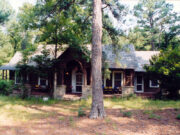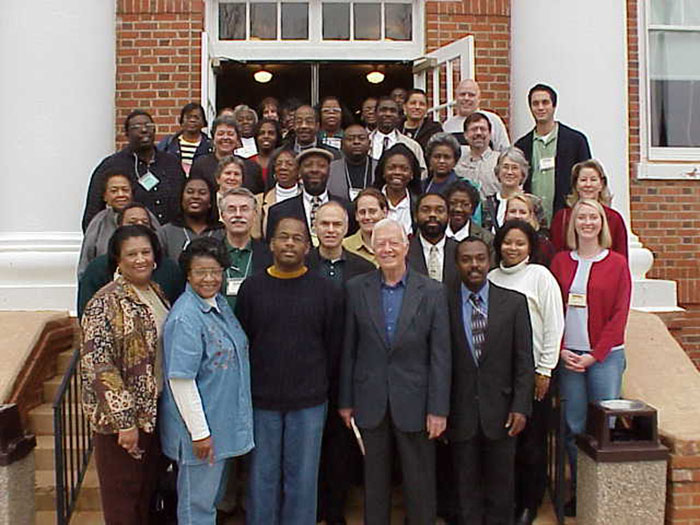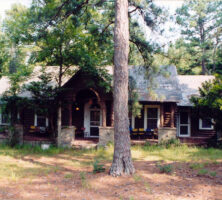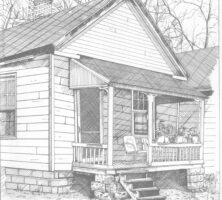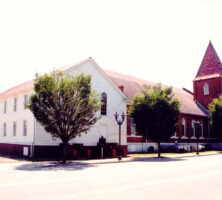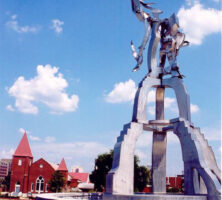After the U.S. Congress passed the National Historic Preservation Act (NHPA) in 1966, sites associated with Georgia’s African American heritage were listed in the National Register of Historic Places through the State Historic Preservation Officer (SHPO). Such places as the Camilla-Zach Community Center Historic District in Hancock County, the Atlanta University Center, the Laurel Grove–South Cemetery in Savannah, the Morton Building and Theatre in Athens, and the Nicholsonville Baptist Church in Chatham County were included in these listings, and federal preservation grants assisted the rehabilitation of some properties.
During the next decade, partly because the environmental review required by the NHPA brought several places to the attention of the SHPO, interest in preserving African American historical sites increased. Volunteers around the state began to cultivate partnerships with the Historic Preservation Division (HPD) of the Georgia Department of Community Affairs and with corporations and nonprofit organizations. In 1982 the partnership hosted a national conference on minority preservation, and with the support of Elizabeth A. Lyon, who was then the state historic preservation officer, the nucleus of a statewide movement evolved. Today this volunteer organization is known as the Georgia African American Historic Preservation Network (GAAHPN).
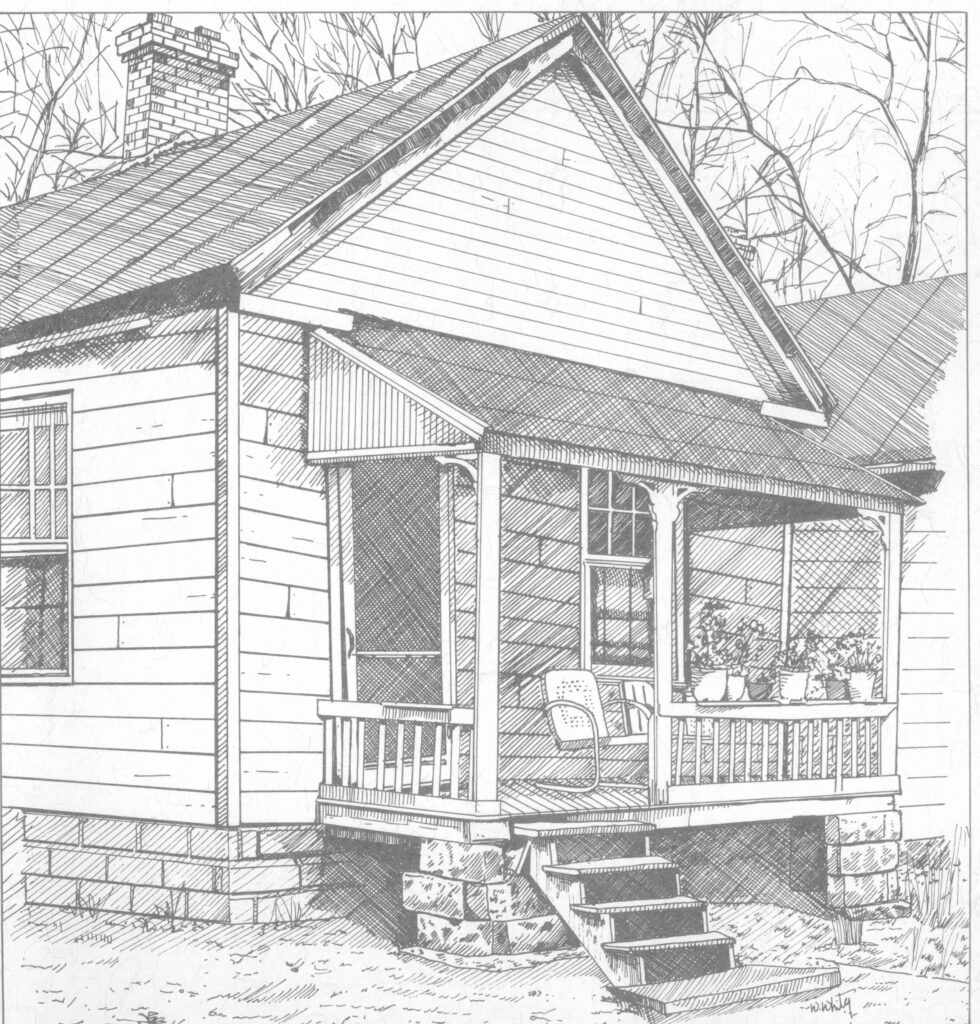
Courtesy of GAAHPN
With the support of HPD, the Georgia Power Company, and Georgia Humanities, GAAHPN developed a poster series, a videotape, and a heritage tourism brochure highlighting African American resources in Georgia. A guide, incorporating case studies of successful preservation projects, was developed to provide a contextual study of African American history in Georgia. Internship programs were implemented by HPD to support these initiatives, which were recognized during Black History Month at the state capitol. In 1994 the work of both the SHPO and GAAHPN was recognized with an Honor Award from the National Trust for Historic Preservation.
In 2000 a milestone was achieved when a full-time position for African American programs was approved by the Georgia legislature. With staff support, the GAAHPN Steering Committee developed a strategy to encourage African American preservation initiatives, provide technical assistance, and increase membership in GAAHPN. They developed the concept for Reflections, a quarterly publication celebrating African American contributions to Georgia’s heritage. The publication provides historic preservation information and technical services available through HPD and other organizations. Each issue features built resources listed in the Georgia and National Registers of Historic Places and significant resources associated with African American heritage. Through Reflections, GAAHPN highlights collaborations with the local, state, regional, and national partners who are critical components in successful preservation initiatives.
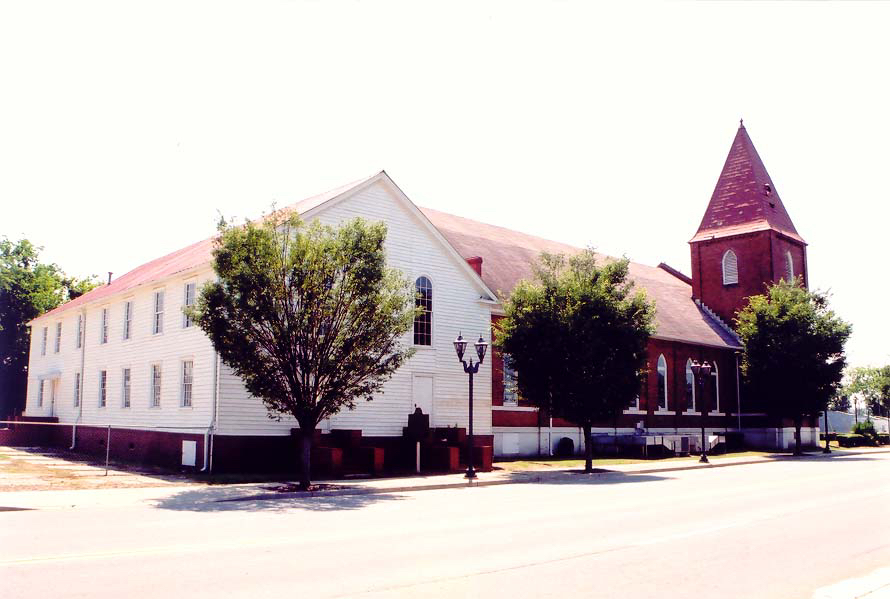
Courtesy of GAAHPN
GAAHPN is an advocate for partnerships that incorporate diversity. In 2002 GAAHPN members recruited participants for “Your Town: Citizens’ Institute on Rural Design,” a National Trust for Historic Preservation program that offers workshops for rural preservationists each year in cities around the country. The 2002 “Your Town” workshop, cosponsored by the University of Georgia School of Environmental Design, was held in Plains. GAAHPN also supported the National Park Service’s special resource study of the Gullah/Geechee culture in southeastern coastal regions.
GAAHPN collaborates with a number of regional initiatives to provide technical assistance to African American preservationists. The network is a member of the Southeast Regional African American Preservation Alliance, a consortium of southern organizations, and hosted the alliance’s 2001 regional conference in Augusta. GAAHPN also collaborates with the Georgia Trust for Historic Preservation and the Georgia Civil War Commission
GAAHPN continues to celebrate African American heritage in Georgia, with the hope that all Georgia communities will embrace diversity as a unique opportunity to enhance heritage tourism and historic preservation.


